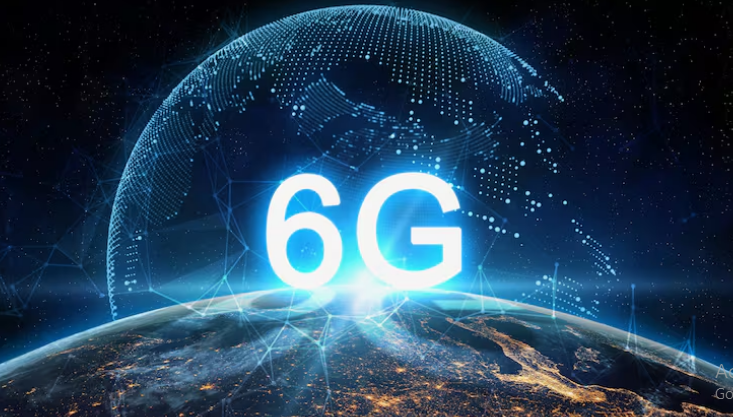The Future of Wireless Communication: 6G Research Breakthroughs
As the world embraces the transformative capabilities of 5G, researchers and technologists are already setting their sights on the next frontier: 6G wireless communication. Promising unprecedented speed, capacity, and intelligence, 6G aims to revolutionize how we connect and interact with the digital world. This article explores the breakthroughs in 6G research, its potential applications, and the challenges ahead.
What is 6G?
6G (sixth-generation wireless communication) refers to the upcoming standard in wireless technology, expected to build upon the foundation of 5G. While 5G offers gigabit speeds and low latency, 6G aspires to:
- Deliver data rates of up to 1 terabit per second (Tbps).
- Reduce latency to under 1 millisecond.
- Leverage AI and machine learning to optimize network performance.
- Integrate seamlessly with emerging technologies like quantum computing and the metaverse.
Key Research Breakthroughs
- Terahertz (THz) Frequency Spectrum:
- Researchers are exploring the THz spectrum (100 GHz to 10 THz) for its ability to support ultra-high-speed data transmission.
- Breakthroughs in antenna design and signal processing are overcoming challenges like short-range propagation and atmospheric absorption.
- AI-Driven Networks:
- AI is being embedded into 6G networks for dynamic resource allocation, anomaly detection, and energy efficiency.
- Machine learning algorithms enhance predictive analytics to ensure reliable connectivity.
- Holographic Beamforming:
- Advanced beamforming techniques enable precise signal directionality, enhancing data throughput and reducing interference.
- Quantum Communication:
- 6G research integrates quantum technologies for ultra-secure data transmission and encryption.
- Quantum key distribution (QKD) ensures tamper-proof communication.
- Integration with Space Networks:
- Satellite-based communication is being integrated with terrestrial networks to enable global coverage, including remote and underserved areas.
- Energy Efficiency:
- Innovations in low-power communication technologies aim to reduce energy consumption while maintaining high performance.
Potential Applications of 6G
- Immersive Experiences:
- Enabling real-time, high-resolution virtual reality (VR), augmented reality (AR), and extended reality (XR) experiences.
- Smart Cities:
- Supporting billions of interconnected IoT devices for efficient urban management, from traffic control to energy distribution.
- Telemedicine:
- Facilitating remote surgeries and diagnostics with ultra-low latency and high-definition video streaming.
- Autonomous Systems:
- Enhancing communication between self-driving vehicles, drones, and robots for real-time decision-making.
- Industrial Automation:
- Powering Industry 4.0 with ultra-reliable, low-latency connections for precision manufacturing and logistics.
Challenges in 6G Development
- Spectrum Allocation:
- Finding and regulating the appropriate frequency bands for 6G without causing interference with existing technologies.
- Technological Complexity:
- Developing hardware capable of operating efficiently at THz frequencies.
- Energy Demands:
- Addressing the power requirements of high-speed networks to ensure sustainability.
- Standardization:
- Achieving global consensus on 6G standards to ensure interoperability.
- Security and Privacy:
- Designing robust protocols to safeguard data in increasingly complex and interconnected networks.
Timeline and Outlook
6G is expected to become commercially available by 2030, with major milestones in research and development occurring in the late 2020s. Countries such as South Korea, China, the United States, and Japan are leading 6G initiatives, investing heavily in research and innovation.
Conclusion
6G represents a transformative leap in wireless communication, with the potential to redefine industries and improve lives globally. By pushing the boundaries of speed, intelligence, and connectivity, 6G will enable futuristic applications that are currently beyond our imagination. While challenges remain, ongoing breakthroughs in technology and international collaboration are paving the way for a hyper-connected future.

Also Read :
- The Role of Nanotechnology in Revolutionizing Material Science
- Advances in MRI Technology: What’s Next for Medical Imaging?
- How MRI Technology is Transforming Medical Diagnostics
- Innovations in Renewable Energy: What’s Next for Green Technology?
- Blockchain Technology : The Backbone of Decentralized Systems
